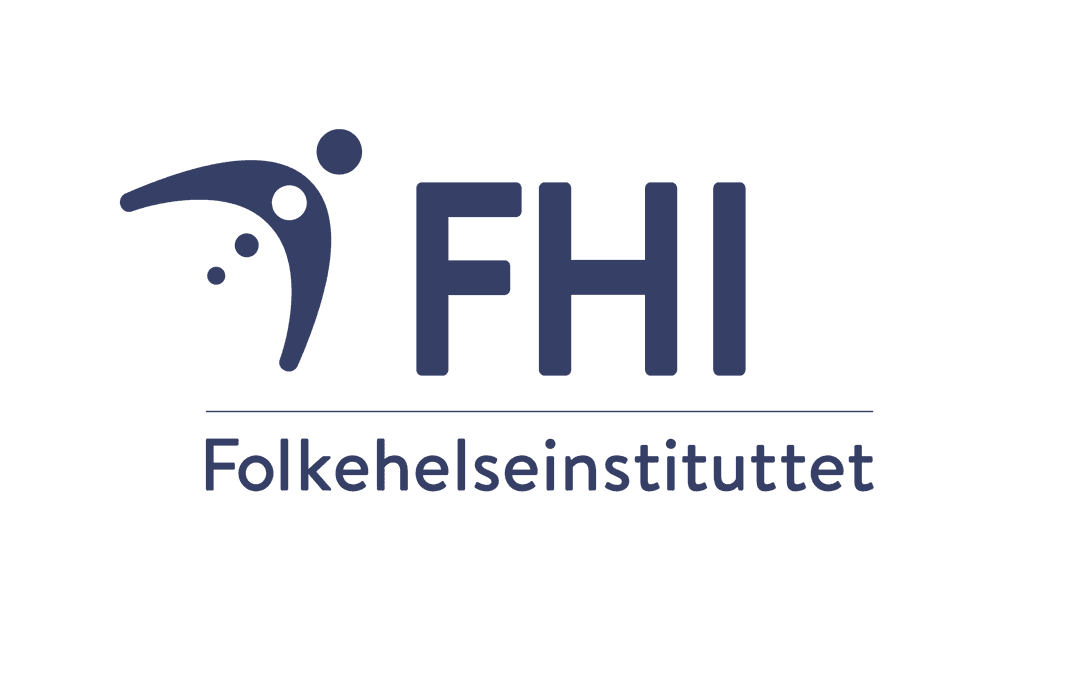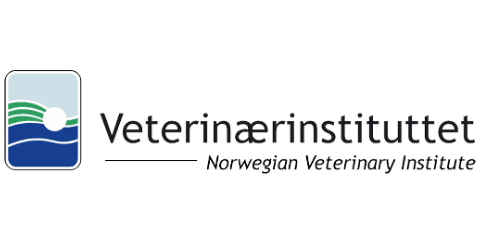Wastewater Surveillance

Wastewater surveillance has emerged as a critical approach to monitor public health at a community-wide level. By analyzing sewage, valuable information on the prevalence of pathogens can offer early warnings of potential outbreaks, and can help to assess public health interventions. Wastewater surveillance involves collecting and analyzing samples from sewage systems, often at a wastewater treatment facility. These samples contain biological (and chemical) traces from all individuals contributing to the wastewater, providing an aggregated snapshot of a community's health. By testing for specific pathogens, scientists can detect levels of infection and even antibiotic resistance. Wastewater surveillance has been widely used to track COVID-19 and is expanding to monitor other viral diseases, such as influenza and norovirus.
Norwegian resources
The National Institute of Public Health (Folkehelseinstituttet) coordinates national wastewater surveillance efforts, focusing on pathogens such as SARS-CoV-2. They provide guidelines, infrastructure, and resources for collecting and processing wastewater samples across the country. This initiative was instrumental in informing Norway's COVID-19 response, where samples collected from wastewater treatment plants in the following areas: Tromsø, Trondheim, Bergen, Oslo and Ullensaker/Gardermoen airport, covering around 30% of the Norwegian population. An evaluation of the pilot wastewater surveillance for SARS-CoV-2 in Norway was published in BMC in 2022.
External resources
- Latest publication in Cristin
- Ongoing projects listed in Prosjektbanken

